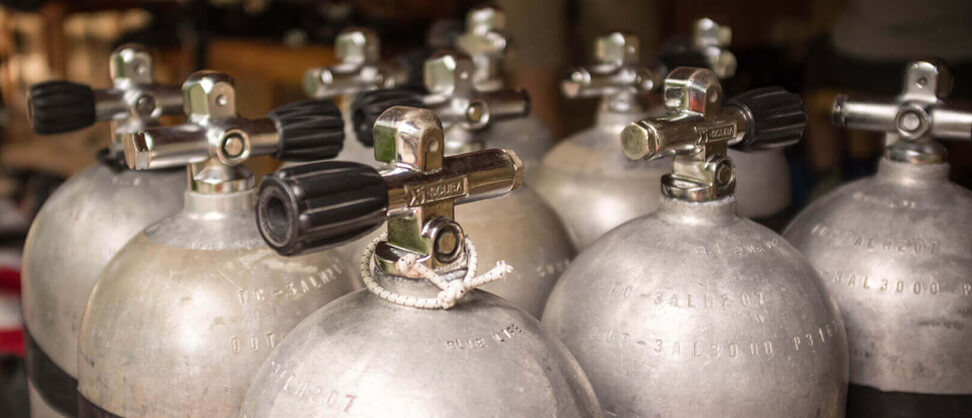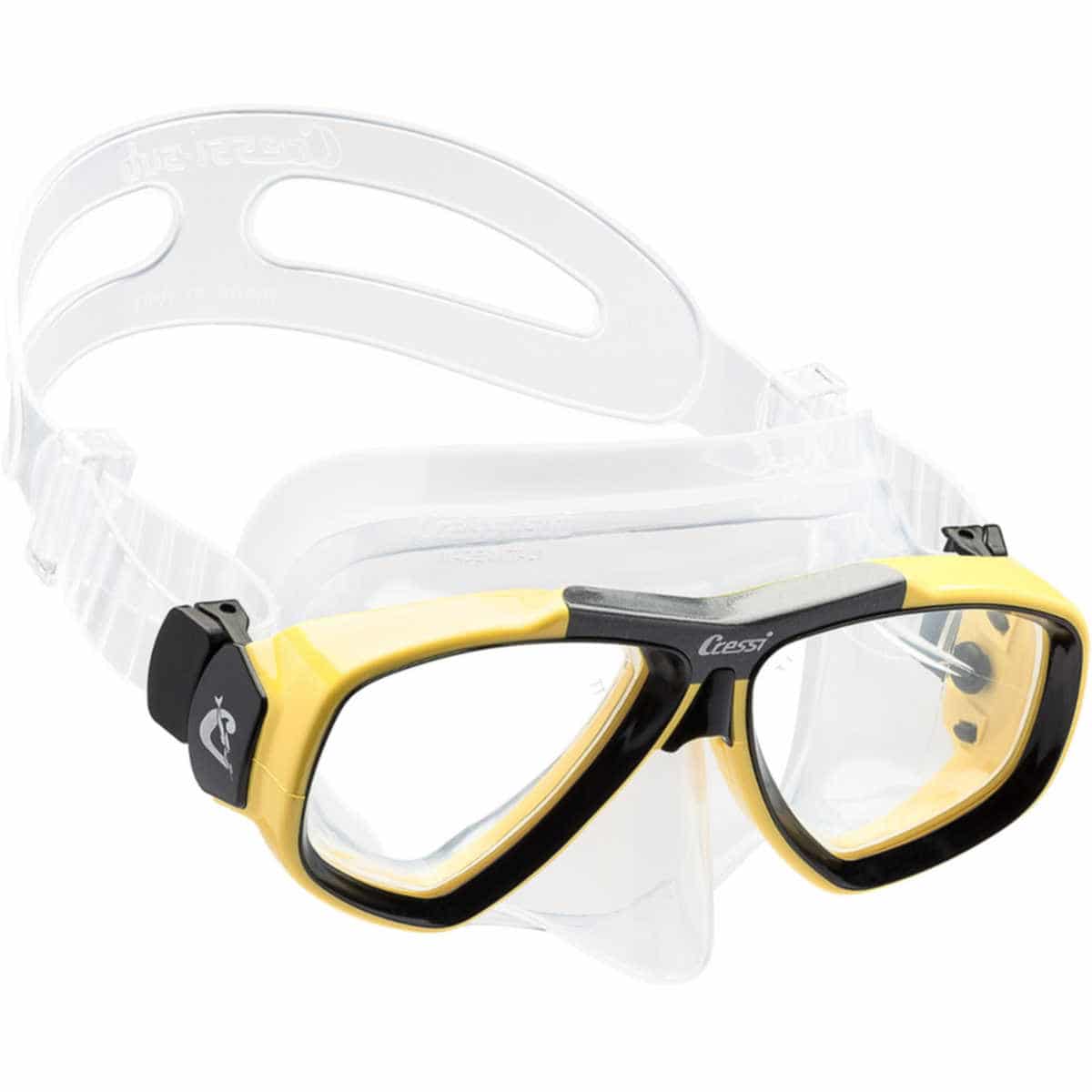
Divers can choose from a range of sizes. You need to pick the right size tank for you. For example, smaller divers will need larger tanks than more experienced divers. This is something a PADI dive professional will be able to advise you about. Also, you will need to decide if you want an aluminium or steel tank. Your tank should have a DIN or yoke valve and a mesh protect. You should also consider adding extra o-rings and tank boots. You should also get a visual inspection decal on any new tank, and always make sure you secure your tank when not in use. Otherwise, the tank can fall on other equipment, and it can be dangerous.
Steel scuba tanks are stronger and more durable than aluminum
Steel scuba tanks are therefore more resistant to dents and dings. Steel scuba tanks offer more durability and are lighter. However, these advantages come at a higher cost. In general, steel tanks are more costly than their aluminum counterparts. However, divers often find it worth it.
Steel tanks for diving are lighter than aluminum. This makes them more suitable for long dives. The tank's weight and capacity are also dependent on the material. Aluminum tanks are lighter but have a lower capacity than steel tanks.

They have a lower overall weight
A diver must consider the weight and dimensions of a tank. Choosing a lighter tank means less weight to carry. Scuba tanks made of aluminum are lighter than those made from steel. But, steel tanks have their disadvantages. First, steel tanks are generally more expensive than those made of aluminum. They are also more susceptible to corrosion, which can increase operating and servicing expenses.
The buoyancy of your cylinder is another important factor. Scuba tanks can be lighter overall, but are more buoyant than steel ones. A steel cylinder may weigh 6 pounds more than one made of aluminum.
They have greater buoyancy
Scuba tanks can vary in size to increase buoyancy. A larger tank will have a greater volume, but a smaller tank will be lighter. This is because of the Archimedes Principle. It states that the upward force equals how much liquid has been displaced. Aluminum tanks will not be the same weight as their aluminum counterparts at the end, but they will have equal buoyancy. A lighter tank will have more buoyancy while a larger tank will have greater buoyancy.
The type and depth of diving will also influence the size of the tank. However, larger tanks can carry more air than smaller ones. The tank you choose will have an impact on buoyancy. For example, steel tanks are more buoyant than ones made of aluminum. Consider the type of diving you'll be doing. Saltwater tanks tends to be buoyant while freshwater tanks sink more quickly.

They must be subjected to pressure testing periodically
If you want to stay safe while scuba diving, you should conduct periodic pressure testing of your scuba tank. Law also requires periodic pressure testing. Federal law requires that scuba tanks be hydrostatically tested at least every five years. In some countries, more frequent tests may be required. Hydrostatic testing involves filling a tank with water at a specific pressure. The tank must not burst or expand during this test.
Hydrostatic testing of your scuba tanks is a good idea. Make sure to clean the tank well. You will have a safer tank because it should not contain any contaminants. You should also make sure that the valve is not left open for more than a few seconds. Steel cylinders and aluminum tanks should not be heated above 300 degrees Celsius. If the tank shows signs of damage, you should remove it and thoroughly clean it. Stick a sticker at the bottom of the tank indicating the year and date of the inspection.